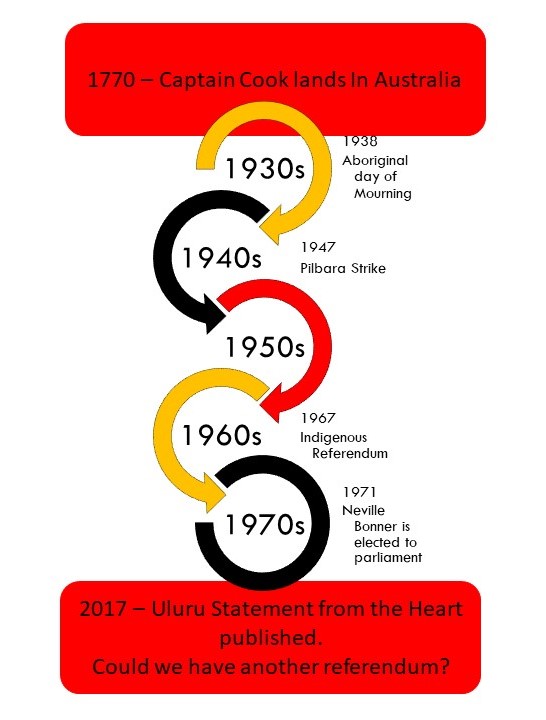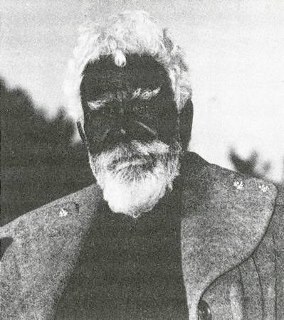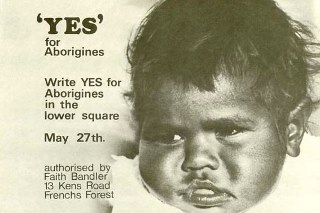Aboriginal Protest
On the 29th of April 1770 Captain James Cook landed at Botany Bay. From that day forward Indigenous people's lives were changed forever.
The Indigenous people of Australia would be stripped of their rights, land, culture and children. Voting rights for Indigenous people were inconsistent and full voting rights weren't gained untill 1965. This was followed by the 1967 referendum which improved the constitutional rights of Indigenous people. They weren't considered qualified to parent children so their children were removed from them, becoming the Stolen Generation. They were considered to be a 'dying race' so little thought was given to ensuring the protection of their rights.
The Aboriginal Day of Mourning, 26 of January 1938, the sesquicentenary (150th anniversary) of the arrival of Captain Authur Phillips.
A re-enactment was staged to celebrate the event. The Aboriginal people of Sydney refused to participate in the event. So, they took Aboriginal people from Menindee (Western NSW) and held them in the Redfern Police Barracks. Then the organiserers created an inaccurate re-enactment, making the white explorers look superior.
An Indigenous conference was taking place in Australia Hall on the same day as the sesquicentenary. Organised by Jack Patten, William Ferguson and William Cooper, a day of mourning was declared. They had lost much and many, many other Indigenous people had died at the hands of a white man. More than 1000 Indigenous people marched after the sesquicentenary. Members of the Aboriginal Progressive Association wore black, symbolising the mistreatment and death of the multitude of Australian First Nations People.
The Pilbara Strike, 1 of May 1946,
Aboriginal people chose to strike because of their appalling working conditions. It was the law for Indigenous people to be paid less than a white man and they were banned from leaving their place of employment.
To organise the protest Dooley Bin Bin visited many sheep shearing stations. He posed as a visiting relative, haneding out calendars crafted from jam jar lids. The Indigenous labourers would cross off the days before they would all strike simultaneously.
The strike lasted for three years. Although there was no direct change to Indigenous rights and equal pay, some families managed to buy some stations, exhibiting their cause was gathering momentum.
May 27,1967; the 1967 Referendum
Faith Bandler was a leading Aboriginal rights activist. One day Jessie Street - a woman's rights activist - contacted Faith Bandler "You won't get anything done without a change in the constitution. You won't get a change in the constitution without a referendum!"
To get a referendum you need a petition with 100,000 signatures (a petition is another form of protest) and in 1967 Faith Bandler and other Indigenous activists provided Harold Holt and his government with more than the needed signatures! There was to be a referendum!
In 1967, 90.77 percent of Australians voted 'yes' to remove Section 127 of the Australian Constitution and amend Section 51 (xxvi) of the Constitution.
Section 127 made sure Aboriginal people couldn't be counted in the census with white people.
Section 51 (xxvi) allowed the government to make special laws for Aboriginal people. It was changed to make the government unable to do so.
This was a major step for Aboriginal people. They now had the vote, they were counted, and the government could no longer make special laws for Aboriginal people. Slowly but surely, they were being given their rights back. In 1971 Neville Bonner was elected, becoming the first Aboriginal person ever to join federal parliament. Less than ten years before they couldn't vote but now, they were working in the chambers, helping make decisions for Australia.
In 2017 the Uluru Statement from the Heart was published. The authors wanted a first nations voice in parliament: an Indigenous body to advise the government on decisions. Scott Morrison's government ignored it, but the Albanese government has promised to 'embrace' the Uluru Statement from the Heart. But they'll need a change to the constitution...



